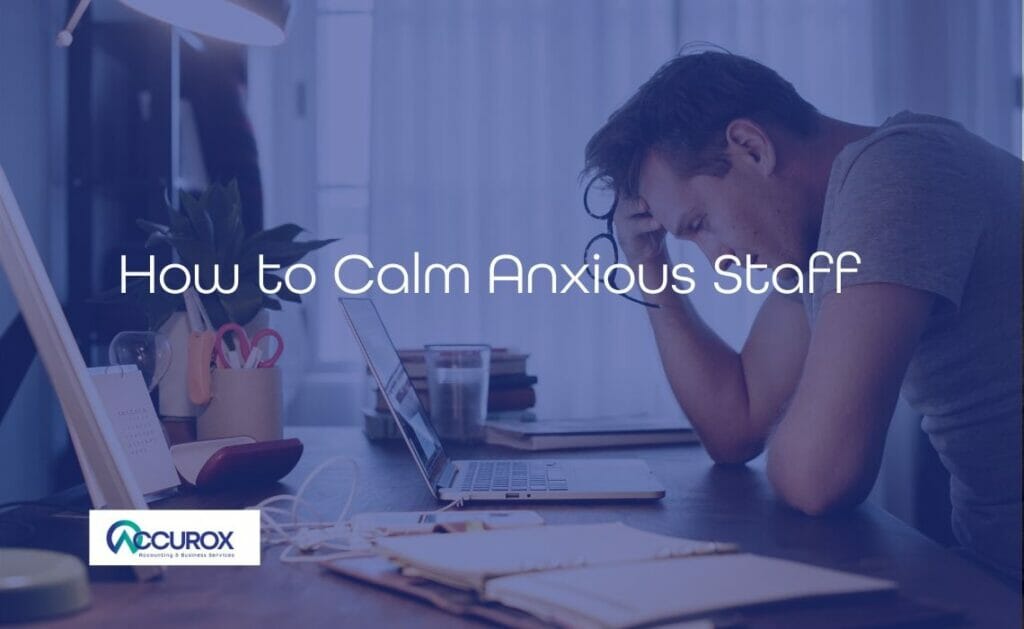Maintaining motivation can be hard at the best of times. When Covid-19 arrived, businesses rushed to set up virtual offices and sent staff home. Schools and nurseries closed, leaving families the challenge of finding a new routine. Some sectors, like the construction industry did not close down straight away or fully, and confusion about what was or was not OK just added to the stress. Emotions were running high and the majority of staff were eager to make things work. Everything was new and there was a certain amount of ‘blitz’ spirit carrying us positively into this new world.
The adrenaline is wearing off now and the potential lifting of the strict lockdown may be welcome to some, as the humdrum reality of being confined to home is starting to take its toll. Your team members who may have always wanted to work from home more are finding it’s not the answer to all their problems. Clients still need urgent help or are anxious for you to restart their projects, but with colleagues no longer sitting next to each other, or work sites not able to provide the right level of social distancing or PPE, that can be hard to deliver. What can a leader do to maintain motivation now?
Check in with each team member
It might seem time-consuming but try to make time to have a quick chat with each member of staff every few days, or if you have too many staff to do that yourself, speak to your team and set up a waterfall system for them to reach out to those they manage. Video is ideal to recreate the sense of someone appearing at their desk to say, “good morning”. Video calls, Zoom, Google Hangouts can seem daunting, but we’re all becoming pros at them now.
Team meetings
Team meetings are an opportunity to boost morale and purpose. Let the team know what the agenda is up front, so they can be prepared and to ease anxieties. Ask each team member to share what they are doing today, accountability to the rest of the team will help motivation. Offer encouragement and suggestions if you can. You can share what your main focus is, so they can see how their work will support the aims of the business, reminding them that their contribution is meaningful.
It would be unrealistic to avoid discussing the news, since many staff will be affected by Covid-19. It’s important for colleagues to be supportive of each other and recognize when someone may need to slow down to deal with illness in themselves or others. Most people will repay kindness with loyalty and support their colleagues in turn.
First, keep meetings short and concise. Studies show that meeting by video is more exhausting than face to face. In addition, try to end meetings with some good news and ask staff to think of something they’re grateful for, such as “we’re lucky to have jobs that can be done online” or “I’m grateful to have more time for hobbies” or “I’m grateful to be able to get some work done around the needs of the kids”.
.
Recreate watercooler chats
One of the joys of work is spending time with your colleagues shooting the breeze and interacting with very different personality types. It’s important for our mental health and to feel a sense of belonging within your organization. If you can, set up a way of chatting that’s available all day (e.g. WhatsApp or a dedicated channel on Microsoft Teams or Slack are all easy to interact on) and encourage staff to add a comment whenever they have a break. You can start by sharing something you found amusing today, or just say “hello” and mention the task you’re taking a break from. More formal talk can be circulated by phone or email, or in a separate chat function.
Try making a comment about the latest show you’ve been binge-watching or start a conversation about restaurants or take-away that you miss the most. Your aim is to get staff to interact as they do in the office, so they maintain the feeling of being connected. Ordinary small talk is more important than it seems as a glue that holds teams together. If your presence in the virtual room is stifling conversation, remove yourself and let them get on with it.
Team building exercises
Some companies have decided to create daily challenges, like small quizzes and competitions. If you’re finding it difficult to make time for it and can’t delegate organising fun challenges to someone else, you can outsource the task by finding a website that does something daily and circulate it to staff.
- The Guardian always has a range of new daily puzzles, e.g. cross words, sudoku and is free to access here
- Here is a free daily puzzle site which has a puzzle of the day including ‘Dingbats’ and others.
Checking wellbeing
Mental health is being discussed everywhere, but we aren’t all trained psychologists. The simplest thing that everyone can do for others is to keep in touch. It has the positive side effect of keeping you in touch too.
Ask staff how they are coping with their workloads and what’s affecting their ability to work. You may find you need to adjust working hours or accept that someone has reduced capacity thanks to changes in their circumstances. As hard as it is to reduce workloads when all staff are under pressure, ensuring that no one burns out will be better for long-term productivity than pushing everyone to do the impossible now.
Respect the boundaries
You may be working all hours and many of your employees may be as well, but try to respect their boundaries. Emails or messages sent out outside normal or new-normal working hours can be invasive and stressful. Time to recharge is essential for all the team, including you.
Boost resilience
“Tough times don’t last; tough people do.”
All the indications are that this is temporary, so whenever you notice that someone is becoming run down, or pessimistic, it’s worth reminding them that this will pass. You don’t have to be a superhero to keep going. You just need a good team around you, so that you take it in turns to be the optimist.







